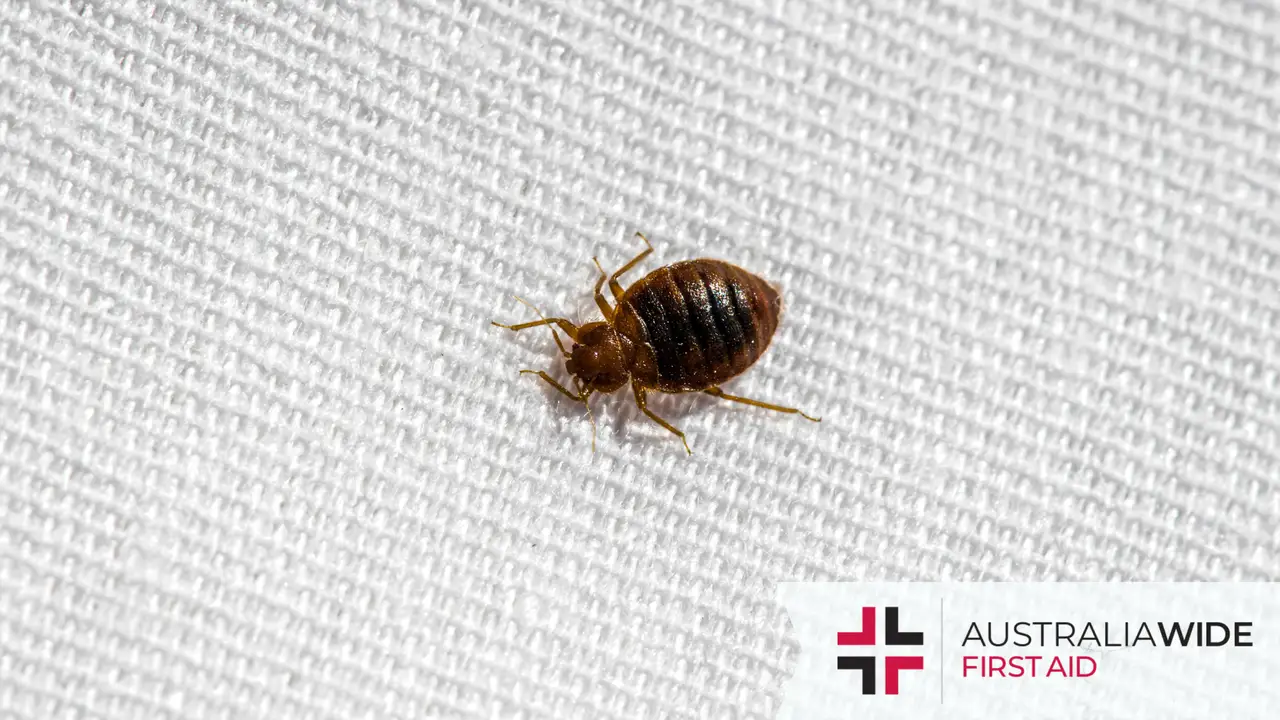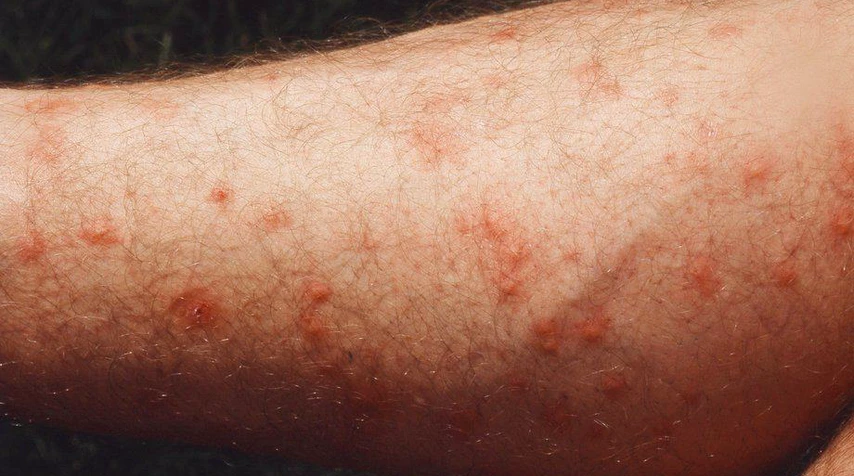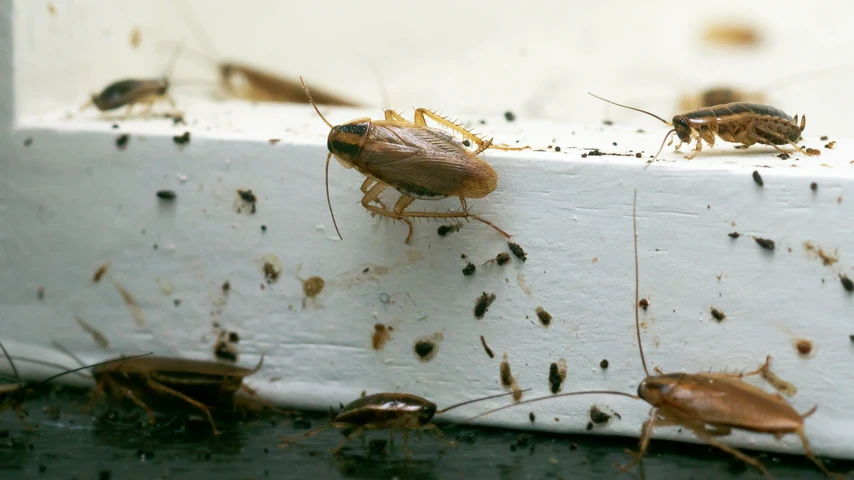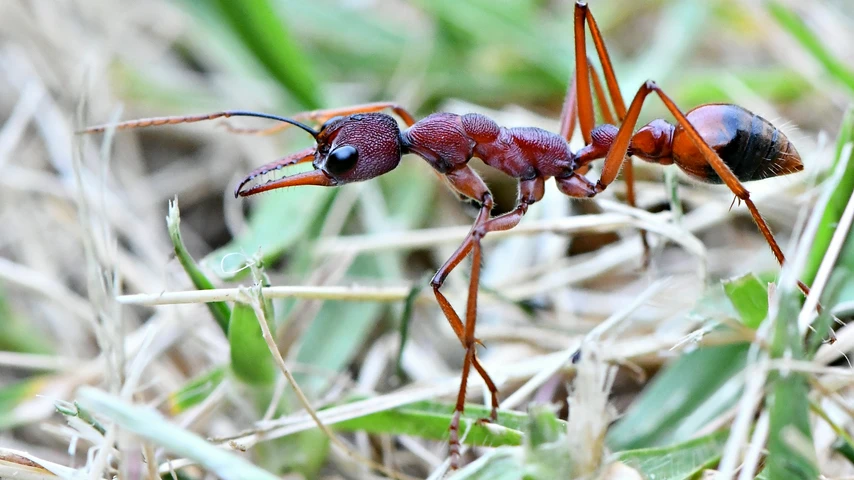Common Household Bugs in Australia


It is no surprise that with Australia’s prolific list of dangerous creatures, there are many bugs and rodents that make their way into homes.
Whether these pests have a venomous bite, allergy-inducing pheromones or a craving to gnaw your home's electrical wiring, they can be detrimental to your health, finances, and overall wellbeing.
In this article, we will explore some of the most common bugs and other pests found in Australian households, including identifying and preventing infestations.
For more hands-on experience with insect bites and other first aid situations, enrol in a general or childcare first aid course near you:

One of the most difficult pests to remove from your home are bed bugs. These small, brown, flat insects find their way into your home to feed on your blood and the blood of your family members and pets.
These nocturnal insects are active at night, and throughout the day they will hide in areas with minimal light, such as your mattress, furniture and the cracks and crevices of your home.
The first sign of a bed bug infestation is you or other members of your household waking up with bites. As the infestation worsens, you may also see the bed bugs in your sheets and on your mattress or furniture.
If you cannot see the bugs themselves, blood stains from crushed bugs or brown spots from the bug’s faeces can also indicate an infestation. As bed bugs use pheromones to communicate, you may also notice a distinctive, sweet, musty odour if the infestation is severe.
Bed bugs are harmful to humans as they bite and feed on blood to survive. These bites result in red, itchy spots that can become infected. Their presence in your home can also trigger allergies and asthma if the infestation is sufficiently severe.
Bed bugs are difficult to remove from your house, so it is important to prevent an infestation from occurring. This can be achieved by maintaining a high level of cleanliness. This should include:
If you believe you have a severe bed bug infestation in your home, it is highly recommended you contact a pest control specialist who can use specific products designed to effectively kill the bed bug infestation.
Unlike native rodents that pose no threat to your health, introduced species of mice and rats will infest homes and agricultural areas. The common species of introduced rodents are:
Rats and mice will shelter in human environments where they can find readily available food. This can include in walls, ceilings, and rubbish piles, and behind or under cupboards and furniture.
One of the key signs of a rat or mice infestation is holes and damage to walls, insulation, and electrical cables, as the rodents gnaw on these materials. Less obvious signs can include:
Seeing one throughout the day is also a good indicator that there is a severe infestation in the building or area, as they are typically nocturnal creatures.
Rats and mice are dangerous to your health as they can spread diseases, including:
To prevent a rat infestation in your home, you can implement the following prevention methods:

Cockroaches are a common household pest that have a brown oval body, six legs, antennae, and wings.
They prefer to live in warm and moist environments where they have access to food and water. They are nocturnal insects, typically only becoming active at night, which can make them hard to spot.
Some of the signs that cockroaches are in your home include:
Cockroaches are known for being “dirty”, carrying a wide variety of infectious bacteria that can be passed on to humans from contamination of food preparation areas. Their faeces and skin sheds can also exacerbate respiratory problems, allergies, and asthma symptoms.
Reducing the risk of a cockroach infestation comes down to two factors: cleanliness and preventing access to water. To prevent cockroaches from infesting your home:
If you have a severe cockroach infestation, you should consider calling a professional pest controller.

Found on every continent except Antarctica, ants are common household insects that prefer a wide range of environments.
Common species of ants that infest homes in Australia are Coastal Brown Ants, Fire Ants, Carpenter Ants, and Black House Ants. Outdoors, ants are commonly found in anthills or trees whilst inside, they create nests in walls, mouldings, and countertops.
The most common sign of an infestation is seeing many ants in a specific area or around food. Ant trails show ants moving back and forth from their nest to an available food source. They can also be detected by small piles of dirt or sand around the entrance to their nest.
An infestation can be problematic for several reasons. Firstly, they are known to bite when they are threatened, which is not only uncomfortable but can cause an allergic reaction that can be fatal in some cases. Some species, such as the Carpenter Ant, can also cause structural damage to your home by burrowing through the wood.
To prevent an infestation:
If you have ants in your house, traps and insecticides can help control a mild infestation. More severe infestation should be handled by a professional pest control company.
By identifying common household pests in Australia early on and implementing effective prevention measures, you can save yourself the hassle, expense, and health implications of dealing with a full-blown infestation.
Simple steps like keeping a clean home, sealing entry points, and properly storing food can go a long way in keeping pests at bay. In cases where prevention is no longer an option, it's important to act quickly and seek professional help to mitigate the problem.
With a bit of knowledge and proactive effort, you can successfully keep your home pest free. To learn first aid for insect bites and other first aid situations, enrol in a general or childcare first aid course near you:

March 11, 2025
Darwin, the tropical capital of Australia’s Northern Territory, is home to a rich diversity of wildlife - including an impressive array of spiders. From the sprawling webs of golden orb-weavers to the cryptic camouflage of trapdoor spiders, these arachnids play a vital role in the local ecosystem. While some may inspire fear, the majority are harmless and even beneficial, helping to control insect populations.

September 4, 2024
Cat bites, while often underestimated, can lead to serious health complications if not treated promptly and properly. Cats' mouths harbour a variety of bacteria that can cause infections in humans.

April 1, 2024
Encounters with wildlife can often be thrilling, but when it comes to the creature known as the drop bear, the experience can quickly turn dangerous. A sharp increase in recent attacks prompts the need for understanding proper first aid procedures in case of an attack.